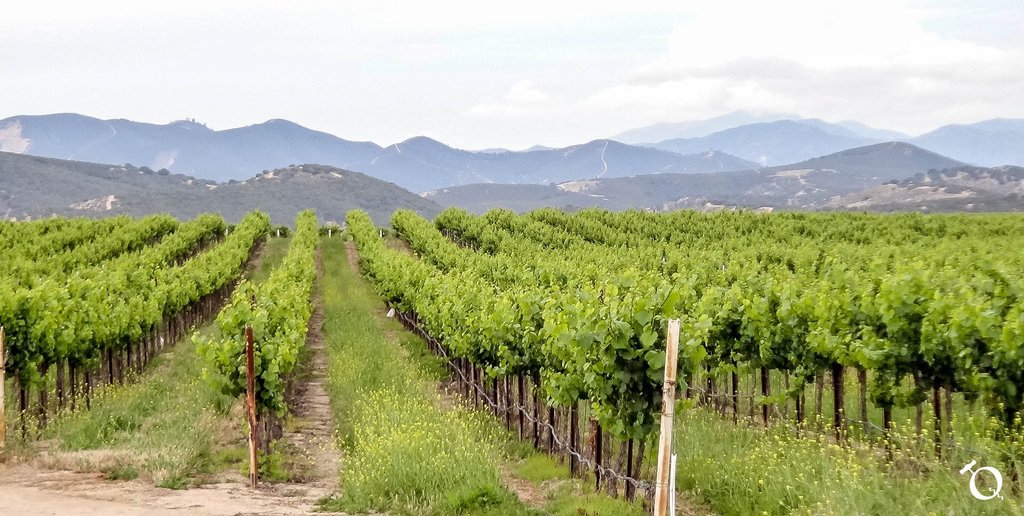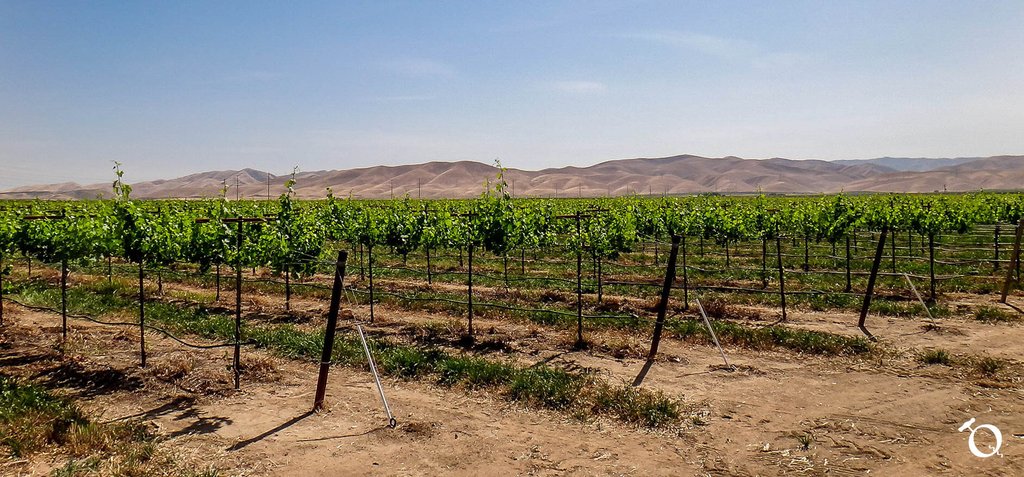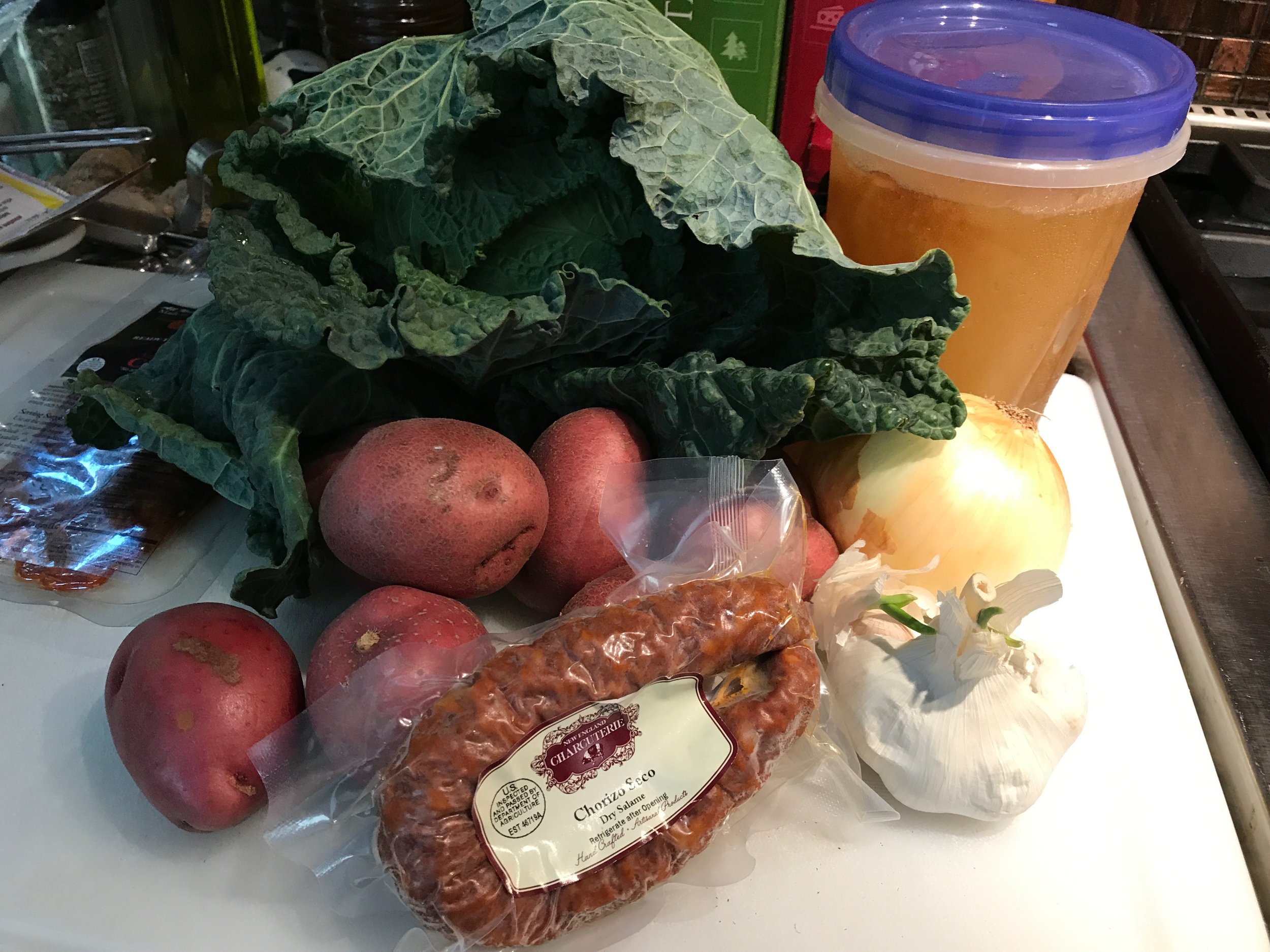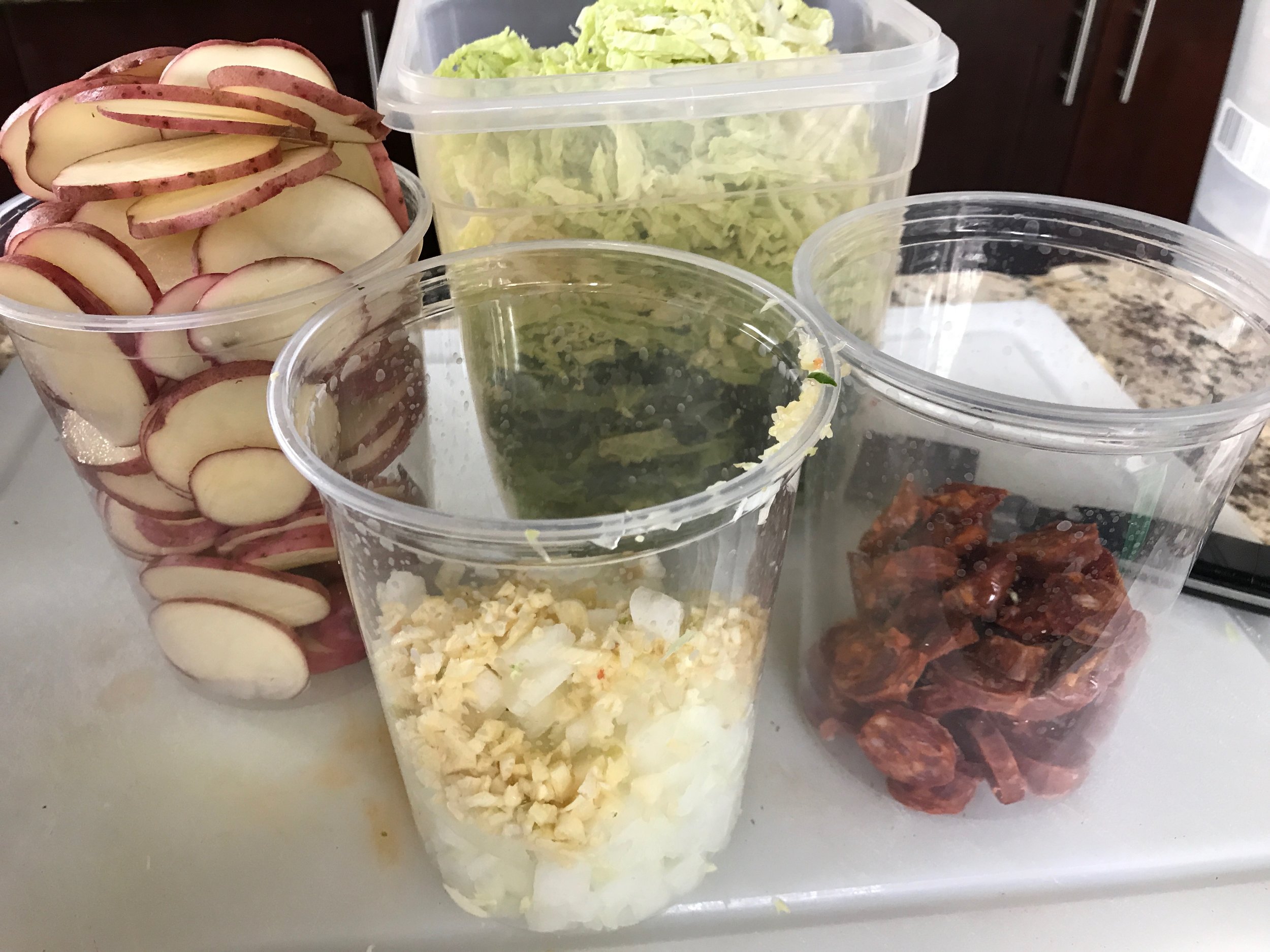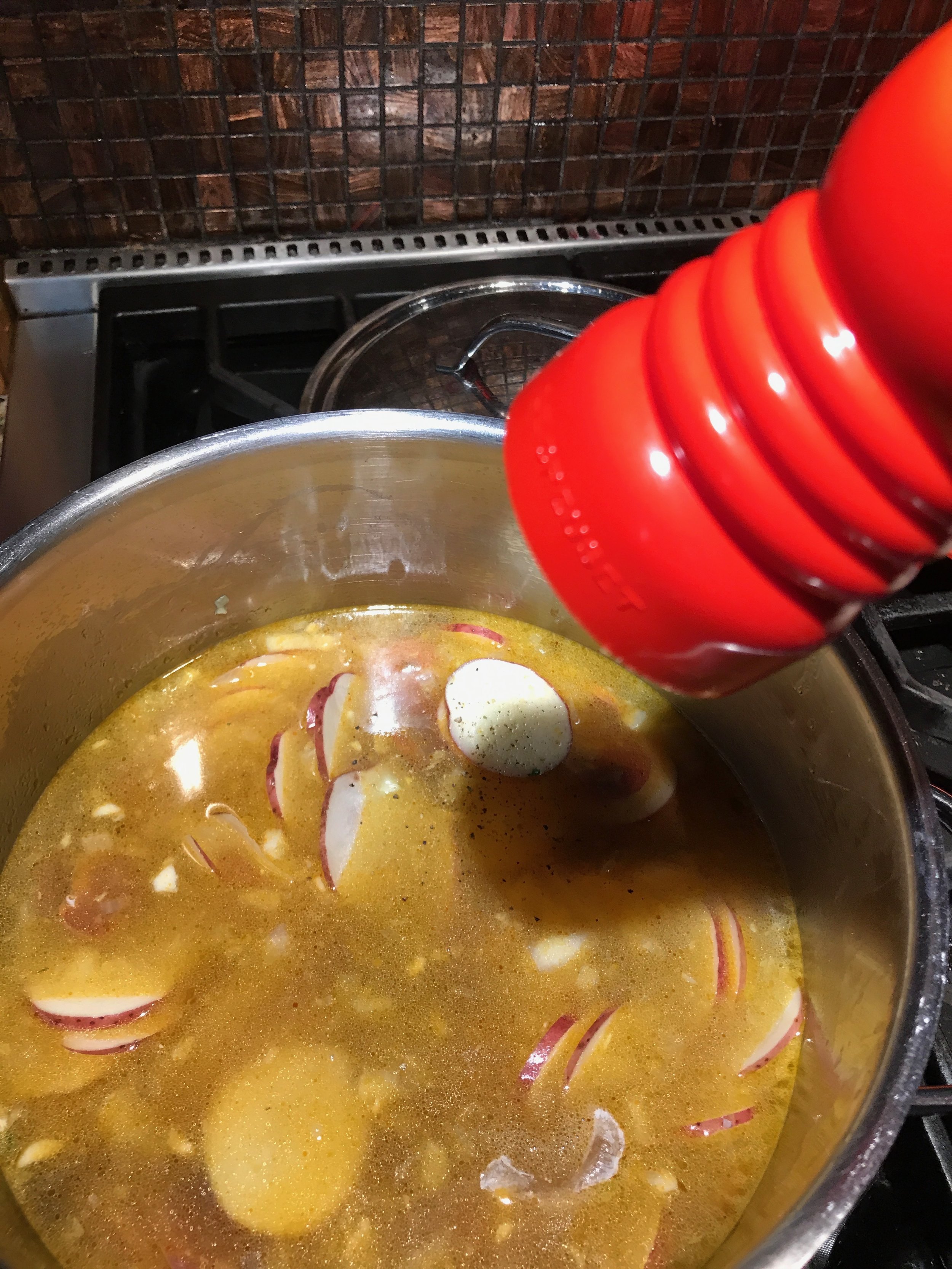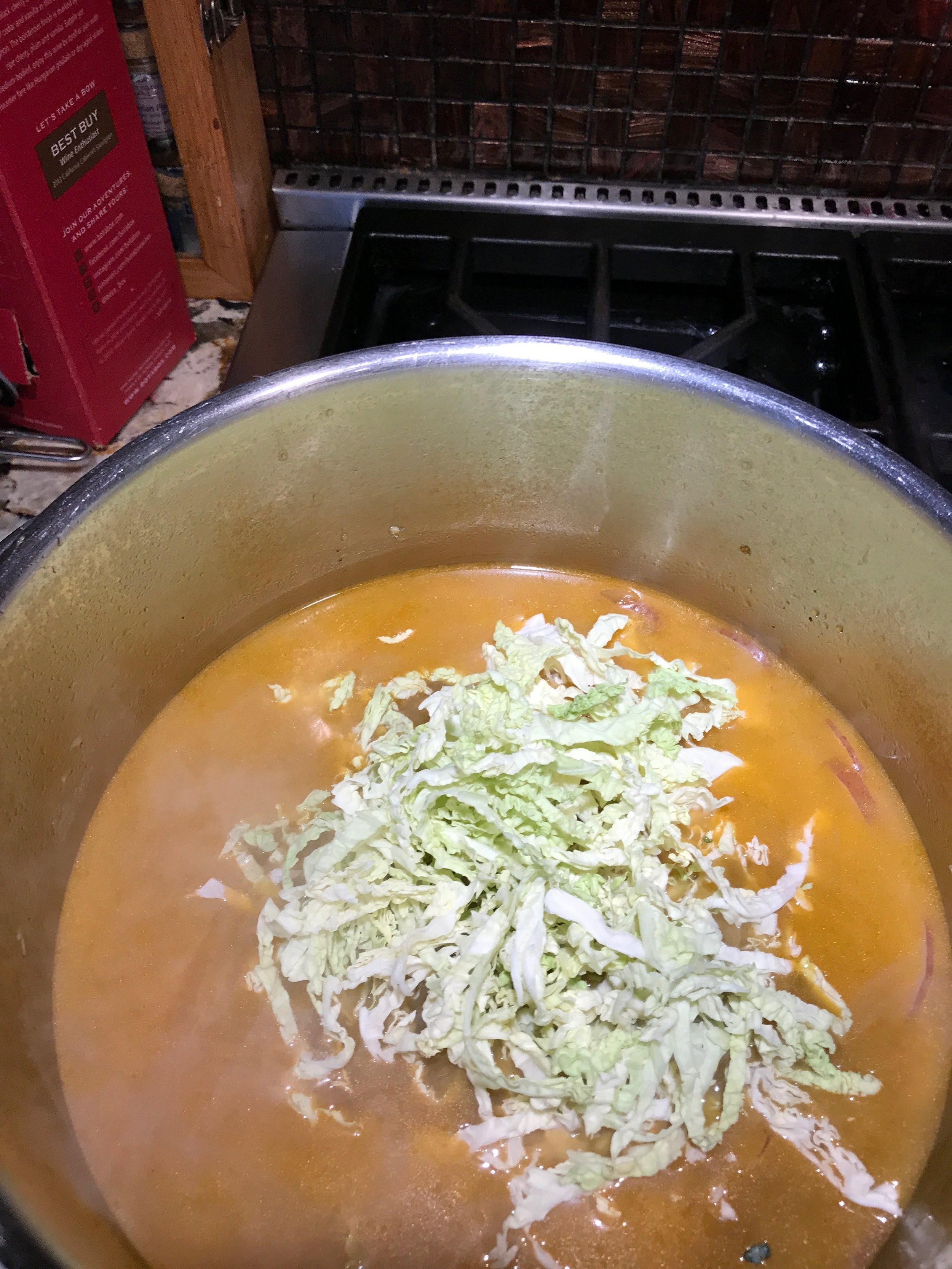Qorkz Kitchen - ZaZa Zin & Smokey Chipotle Chili
/Our own, Jill Hoffman is making this chili in Dunphy Park in Sausalito for the city’s 40th Annual Chili Cook-off! If you are surprised by the addition of the chocolate, remember that Mexico is the origin of the cocoa plant and chili peppers! And who doesn’t love wine and chocolate?
Ingredients
1 lb ground beef
1/4 cup olive oil
1 medium onion, diced*
2 red bell peppers, roasted and diced
3 large cloves garlic, minced
4 15 oz. cans dark red kidney beans
1 6 oz. can tomato paste
1/2 cup of brown sugar
2 28 oz. cans whole tomatoes
2 tbsp. chili powder
2 tbsp. cumin
1 can chipotle peppers, diced (use to taste, these will be smokey and spicy)
4-6 oz. dark chocolate
1/2 cup red wine, zinfandel recommended
½ cup beef broth
1 tsp salt
Shredded cheddar cheese (optional)
Sour cream (optional)
Directions
Brown the ground beef over medium heat in a large Dutch oven or the bowl of a slow cooker with a sauté function. (Alternatively, complete steps one and two in a separate pan on the stove and then transfer to a slow cooker.)
Add the olive oil, onions, peppers and garlic to the browned beef, sauté until the onions become translucent.
Add all of the remaining ingredients and stir to combine. Simmer on low heat/cook on the slow cooker's low function for 4 hours, stirring occasionally. Crush the tomatoes as you go.
Serve with sour cream and cheddar cheese.
Note: This recipe makes eight 1 1/2 cup servings.
To celebrate this recipe Calstar Cellars is offering a special sale on it’s 2014 ZaZa Zinfandel for $200 a case. Use the Promo Code: CHILI ZIN
You can also buy on the 2012 Sangiacomo Vineyard Pinot Noir, 2016 Pinot Meunier Rose and 2013 Sonoma Coast Chardonnay for $250 a case using Promo Code: CHILI




